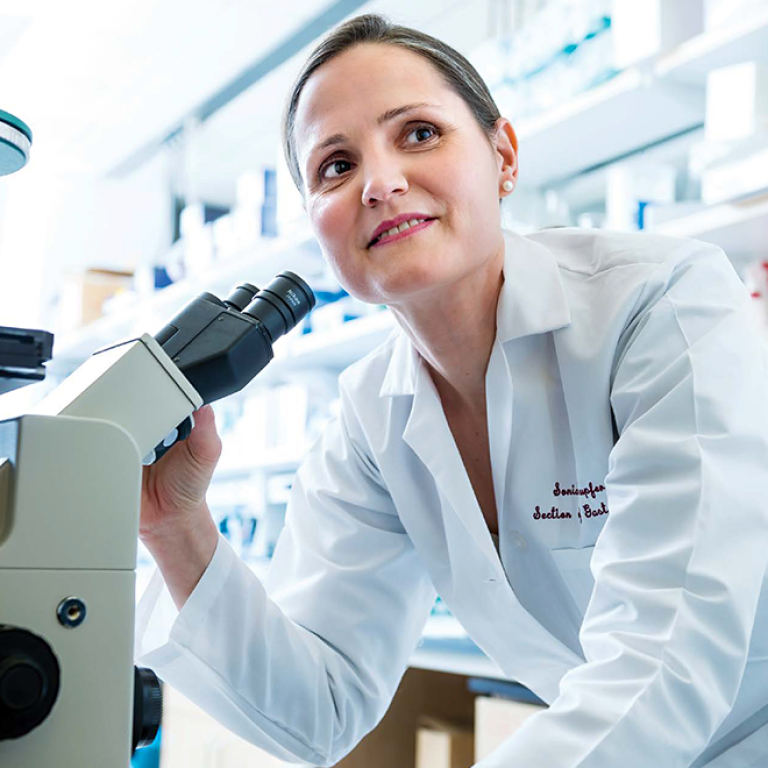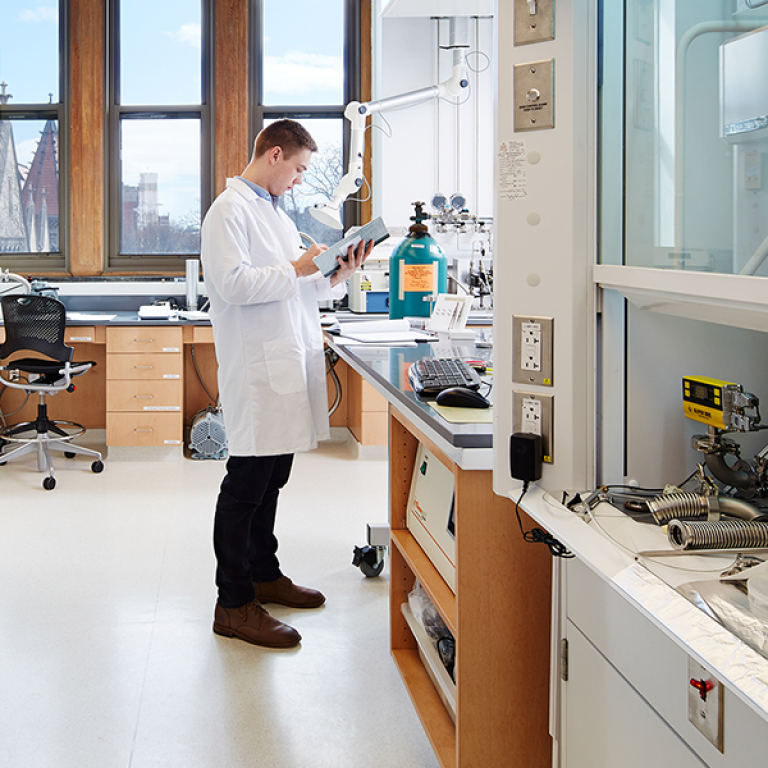Industrialization has impacted nearly every facet of human life. Amidst access to modern technology, improved healthcare, and economic growth, rates of non-communicable diseases such as diabetes, colorectal cancer, and heart disease are on the rise.
While factors like diet and medication likely play key roles, this cause-and-effect relationship is still a puzzle. Are there other underlying elements altering the course of disease? If so, how can their effects be measured? In the Blekhman Lab at the University of Chicago, we are investigating a hidden player in this urbanization-disease dynamic: the gut microbiome.
Industrialization and disease
The influence of industrialization is a spectrum. On one extreme are societies packed into dense metropolises, with ample access to modern infrastructure, healthcare, and readily available processed foods. On the other extreme are societies – notably hunter-gatherers – that reside in lower-density settlements, rarely use medication, and have a locally sourced seasonal diet. The gradient spanning these two poles encompasses agriculturists, immigrants, citizens of nations undergoing rapid urbanization, and many other diverse lifestyles.
While industrialization has improved many lives, epidemiologic evidence points to an unforeseen consequence: higher incidence of non-communicable diseases such as obesity, cancer, and diabetes. These trends are especially evident in migrants and refugees, who often develop a higher risk of obesity, inflammatory bowel disease and other issues after arriving in industrialized nations.
Diet, exercise, and socioeconomic status are known contributors to these chronic conditions, but they do not fully explain the associations. The gut microbiome, which has steadily gained attention for its direct effects on intestinal health, is another suspected player.
Impact of industrialization on the microbiome
The human microbiome refers to the collection of microorganisms living throughout the body. In the gut, these microbes play important roles in digestion, immune system support, and maintaining the integrity of the intestinal barrier. When human behavior changes, the microorganisms change too.
For instance, when individuals eat less fiber and more meat, certain microbial species begin to disappear from their guts and others take their place. In combination with other changes, such as increased antibiotic use and a diet rich in high fat, processed food, microbiomes generally lose diversity and come to be dominated by single species. This shift, which represents the loss of important microbes and possibly the rise of pathogens, is a hallmark of the gut microbiome in the industrialized world. In this sense, microbiomes can serve as an informative signature of human lifestyle.
So, what do these microbes have to do with cancer and heart disease? While the mechanism isn’t completely clear, several studies point to associations between microbiome composition and non-communicable disease. Decreased microbiome diversity often precedes obesity and inflammatory bowel disease. Dominance by some types of bacteria and their direct interactions with colon cells are thought to contribute to the onset of colon cancer. Loss of bacteria known to produce health-inducing metabolites even correlates with events far from the gut, such as coronary heart disease.
Although these findings are meaningful, many studies are purely observational, and there are few controlled experiments on the cause-and-effect relationship between “industrialized” and “non-industrialized” microbes and human tissue. How do we separate the contributions of microbes from diet and other environmental factors known to cause disease? In the laboratory of Ran Blekhman, PhD, Associate Professor of Medicine at the University of Chicago, we are attempting to do exactly that.
Studying how industrialized microbiomes affect gene expression
To test the interaction between human cells and microbiomes, we set up a simplified model of the intestine using cells from the lining of the human colon. We start with human stool samples collected from industrialized and non-industrialized regions around the world. Next, we isolate the live microorganisms from the rest of the stool sample. Then, we incubate those distinct communities with the colon cells. We can squeeze each individual microbiome-cell interaction into a single well of a cell culture plate, where each well is approximately the size of a pencil eraser. This allows us to test dozens of microbiome-colon cell interactions at once.
After a few hours, we extract mRNA transcripts from the human colon cells. After sequencing and analyzing these transcripts, we’re able to gauge how the colon cells reacted to a specific microbial community by measuring their gene expression. We’re specifically interested in how human gene expression is different after incubation with the industrialized vs. non-industrialized microbiomes.
Greater expression of certain signaling pathways is known to contribute to the low-grade inflammation characteristic of inflammatory bowel disease, irritable bowel syndrome, and other non-communicable diseases. If this pattern of gene expression was detected in response to treatment with the industrialized microbiomes (but not the non-industrialized microbiomes), we’d have a piece of evidence that these microorganisms are contributors to the conditions that preclude several chronic diseases.
Looking forward
Understanding how industrialization affects human health will help balance the detrimental effects of a developing world, particularly in nations throughout Africa and Asia that are undergoing rapid globalization. As both industrialization and immigration to western countries continue, millions more could face increased risk of developing non-communicable diseases. Knowledge of the foundations of these interactions will help create microbiome-based treatments and preventative measures for industrial and industrial-transitioning populations.



